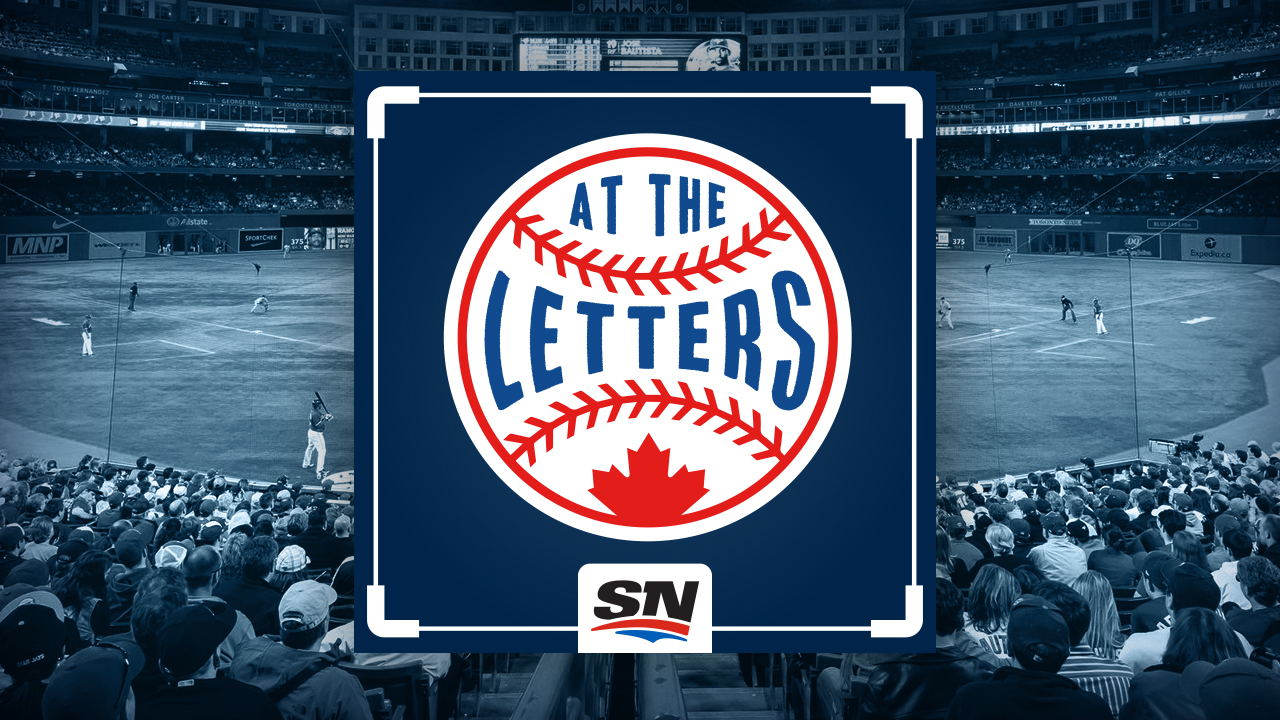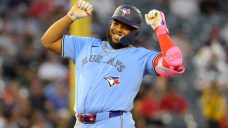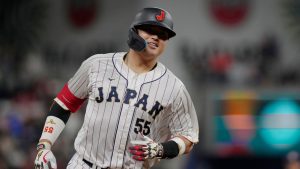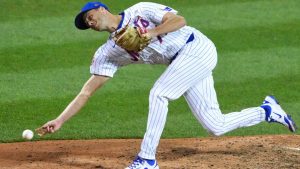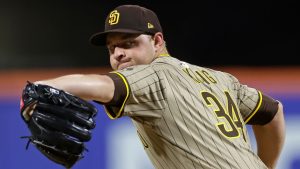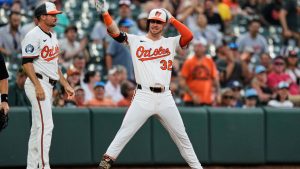Ever since Russell Martin signed with the Toronto Blue Jays just under a decade ago, catching has consistently been among the team’s strengths.
In 2017 Martin faltered slightly and the duo of Miguel Montero and Luke Maile were awful at the plate — and 2020 was a middling year at the position — but since the 2015 season began the Blue Jays rank fifth in fWAR from the catching position (32.5) and have always had a credible solution at the position.
That run appeared to be in jeopardy when Toronto sent Danny Jansen to the Boston Red Sox on July 28. At the time of the deal Alejandro Kirk was hitting .229/.297/.314 and the move necessitated the recall of Brian Serven who currently owns a 40 wRC+ in his brief MLB career.
Less than two years after having an all-star in Kirk, a legitimate power threat and Gold Glove finalist in Jansen, and one of baseball’s hottest prospects in Gabriel Moreno, the Blue Jays were left with a struggling starter and a journeyman backup.
That’s a significant paradigm shift, but pessimism around the team’s catching situation is probably underselling what the Blue Jays have in Kirk, even in the midst of a tough offensive season.
Since Jansen was traded the 25-year-old has hit a sturdy .298/370/.395, providing a reminder of what he’s capable of at the plate. That’s a small sample, and Kirk’s season-long numbers are still underwhelming — but they are also coloured by a horrendous start.
The backstop managed just six singles and four walks in his first 50 trips to the plate, but since then he’s hit .267/.337/.378. His wRC+ in that span (102) is well above average for a catcher (93) and in that time his fWAR ranks 15th at the positive despite the fact 31 backstops have more plate appearances than him.
Kirk’s awful start can’t be wiped from history, but it’s notable that he’s been performing as a well above-average starter for the last four months. While offence hasn’t been world-beating, because he ranks third among all catchers in Statcast’s Fielding Run Value — thanks in large part to his stellar blocking — the whole package is solid.
In the midst of a lost season, the Blue Jays don’t need to be particularly concerned with whether Kirk’s current contributions are underappreciated. What’s more important is how he projects going forward.
Considering he’s the incumbent and he’ll be building off a modest arbitration salary of just $2.8 million this season, the team will be heavily incentivized to run with him in 2025 if they think he’s a viable starter, pick up a veteran backup, and allocate resources elsewhere. Based on his bottom-line results in 2024 that might look like a dubious Plan A, but there is reason to believe that would be a prudent move, not just the easiest option.
Kirk’s .240/.310/.327 slash line tells the story of a punchless hitter with mediocre on-base skills, but his expected numbers tell a different tale. The 25-year-old’s xwOBA (.331) is way above his real number (.280), indicating some significant misfortune. Of the 293 hitters who have put at least 150 balls in play this season, just three have underperformed their xwOBA by more than Kirk’s 51 points.
To be fair, Kirk’s lack of speed can turn doubles into singles, and he has tended to post a higher xwOBA than real wOBA in the past. Even so, that gap sat at just four points in 2022 and 12 last season.
Another way to understand the quality of contact that Kirk has produced this season is to pair it up against his career year in 2022 by some key metrics. The results are extremely similar.
The ball is coming off Kirk’s bat in the same way it did in his best MLB season, with the biggest difference being an uptick in his strikeout rate — one that still leaves him far better off than most MLB hitters by that metric.

As long as Kirk’s strikeouts are up, even slightly, it will be tough for him to replicate his magical 2022, but with a little better luck he can still be an above-average hitter.
There’s a reason that every single FanGraphs projection system has him as a 105 wRC+ hitter or better from here on out, and Steamer is giving him a gaudy 118 wRC+.
Even if he’s at the low end of that range he’s a well above-average starter thanks to his defensive gifts. In the sample from April 14 through August 14 referenced above, his fWAR per 500 plate appearances (an approximate workload for a starting catcher) was a healthy 4.0. Just four catchers — William Contreras, Adley Rutschman, Sean Murphy and Cal Raleigh — topped that number in 2023.
Kirk created that level of value while producing a 102 wRC+, a number that is a touch shy of his projections for the rest of 2024, and a fair expectation for 2025.
After a legitimate off year in 2023 — where he still produced 2.3 fWAR in just over 400 plate appearances — and most of 2024 in the books with poor offensive totals to show for it, the doubt around Kirk is understandable. That doesn’t mean it’s justified.
Thanks to the monumental improvement in the defensive side of his game in recent seasons, Kirk has become the kind of player who is a viable starter even when his bat fails him.
If his 2025 production precisely matched his 2024 numbers, he could still be an average primary catcher from an overall value standpoint and he’d be excellent value on his contract. In the midst of the current down season, FanGraphs projects his on-field value at $11.1 million and he won’t come near that in arbitration next year.
Luckily for the Blue Jays, there is every reason to believe that he can give them more at the plate than they’ve seen this season. Offensive superstardom is beyond his grasp, but MLB-average production is not — and Kirk clearing that attainable standard in a starting role would be enough to ensure catching remains a strength for the club in the near term.
